Like humans, cats can be affected by cold weather. While their fur provides some protection, it may not always be enough to keep them warm in lower temperatures. Understanding how cold weather affects cats and recognizing the signs that they may be feeling cold is essential for ensuring their comfort and safety, especially during winter. Knowing how to keep your cat warm and spotting cold-related symptoms early can help prevent health risks. In this guide, we’ll explore the signs of a cold cat, the risks they face, and practical ways to keep them safe as temperatures drop.
Can Cats Get Cold? Understanding Feline Body Temperature
Cats generally maintain a body temperature between 100.5°F and 102.5°F, which helps keep them warm in various conditions. However, despite their fur coats, cats are not immune to feeling cold. In fact, just like humans, they can experience discomfort or even health risks when exposed to low temperatures for extended periods.
Fur provides insulation, but factors like the thickness of a cat’s coat, its size, age, and overall health can influence how well it regulates body heat. Short-haired and hairless breeds, for instance, are more susceptible to cold weather compared to long-haired breeds. Even indoor cats can feel cold if the room temperature drops significantly, especially during the winter months.
So, can cats get cold? The answer is yes, particularly when they are exposed to temperatures below 45°F, which can be uncomfortable or even dangerous. Do cats get cold in winter? Absolutely, especially if they spend time outdoors or live in homes that aren’t adequately heated. Recognizing when your cat is feeling cold is crucial to keeping them warm and healthy throughout the colder seasons.

Signs Your Cat Is Feeling Cold
Cats can show various physical and behavioral signs when they are feeling cold. Recognizing these signs early can help you ensure their comfort and prevent potential health issues. Here are some common cold cat symptoms to watch for:
- Shivering or Trembling: Just like humans, one of the most obvious signs a cat is cold is shivering or trembling. This is the body’s natural response to generate warmth when temperatures drop.
- Curling Up in Warm Spots: Cats often seek warmth when they feel cold. You might notice them curling up in small, enclosed spaces, such as near heaters, under blankets, or on your lap. If your cat is frequently looking for cozy spots, this could be a clear indicator of cold discomfort.
- Cold Ears, Paws, or Tail: When a cat is too cold, the extremities—such as their ears, paws, and tail—are the first areas to cool down. Gently touch these areas to know if a cat is cold. If they feel colder than usual, it’s a sign your cat may be struggling to stay warm.
- Lethargy or Reduced Activity: Cats feeling cold tend to become less active as their body focuses on conserving energy. If your normally playful or energetic cat seems unusually sluggish or lethargic, it might be a response to cold conditions.
- Seeking Warmth: A cat constantly seeking out heat sources—whether it’s lying by a radiator, fireplace, or burrowing under blankets—is likely trying to stay warm. This behavior is a natural response to feeling cold.
What Temperature Is Too Cold for Cats?
Cats are typically comfortable in environments where the temperature ranges between 60°F and 80°F. This range is ideal for maintaining their body temperature without putting extra strain on their bodies to keep warm. However, when temperatures start to drop, especially below 45°F, it can become uncomfortable and even dangerous for them.
What temperature is too cold for cats? In general, when the temperature falls below 45°F, it becomes unsafe for most cats, particularly for outdoor or short-haired breeds. Prolonged exposure to such cold conditions can put them at risk of hypothermia or frostbite. Cats may struggle to maintain their normal body temperature in these conditions, leading to a serious drop in body heat.
Can cats stay outside in cold weather? While some cats with thick fur, like Maine Coons, may tolerate cold weather for short periods, it’s not advisable to let any cat remain outside for long when temperatures are near or below freezing. Outdoor cats may have some survival instincts, but they are still vulnerable to the risks posed by cold weather. Providing outdoor cats with insulated shelters can help, but it’s generally safer to bring them indoors during extreme cold.
Indoor cats can also feel the effects of cold temperatures if the house isn’t adequately heated. Even if they aren’t exposed to outdoor conditions, drafts, unheated rooms, or sudden temperature drops can make indoor environments uncomfortable. The safe temperature for cats indoors should stay within the comfortable range (60°F-80°F), with extra warmth provided if necessary during the winter.

Risks of Cold Weather for Cats
Cold weather poses several serious health risks for cats, especially if they are exposed to low temperatures for extended periods. Understanding these risks can help prevent potentially life-threatening conditions such as hypothermia and frostbite, as well as a weakened immune system.
Hypothermia in Cats
Hypothermia occurs when a cat’s body temperature drops significantly below the normal range (100.5°F to 102.5°F), and it can become life-threatening if not addressed promptly. Cats exposed to cold temperatures, especially below 45°F, are at risk of developing hypothermia. The condition affects the body’s ability to generate enough heat to maintain essential functions.
Common symptoms of hypothermia in cats include:
- Slow or shallow breathing
- Muscle stiffness or shivering that may stop as the body temperature drops further
- Weakness and lethargy
- Pale gums or cold extremities (ears, paws)
If a cat shows signs of hypothermia, it’s crucial to warm them up gradually and seek veterinary care immediately, as severe hypothermia can lead to coma or death if left untreated.
Frostbite in Cats
Frostbite is another serious risk in cold weather, affecting areas like the ears, paws, and tail, where the skin is more exposed. When temperatures drop, blood vessels constrict to preserve core body heat, limiting blood flow to extremities. This can cause tissue damage or, in extreme cases, the loss of tissue.
Symptoms of frostbite in cats include:
- Pale, grayish, or bluish skin on affected areas
- Swelling or blisters
- Cold and hard-to-touch skin
- Pain or discomfort when touched
Frostbite requires immediate veterinary care. Even mild frostbite can lead to long-term damage if not properly treated.
Weakened Immune System
In addition to cold weather risks for cats like hypothermia and frostbite, the cold can weaken a cat’s immune system, making them more vulnerable to infections and illnesses. Prolonged exposure to the cold can strain the body, reducing its ability to fight off viruses or bacteria, such as those that cause upper respiratory infections. This is especially concerning for kittens, older cats, or cats with pre-existing health conditions.
Cold weather compromises their natural defenses, so it’s important to keep your cat warm, dry, and safe to prevent illness and maintain a strong immune system.

How to Keep Your Cat Warm and Safe During Winter
Winter’s chill can affect our feline friends more than we might think. While their fur provides some insulation, it’s not always enough to keep them toasty when temperatures drop. Here’s how to ensure your cat stays warm and safe, whether they’re indoor snugglers or outdoor adventurers:
Indoor Cats:
Think of your home as your cat’s winter haven. Maintaining a comfortably warm temperature is key, especially for kittens, senior cats, or those with health issues. But beyond just cranking up the thermostat, consider these cozy additions:
- Warm Bedding: Soft, plush beds placed in draft-free corners or near heat sources (like radiators or sunny windows) offer enticing retreats. Consider adding extra blankets or even a heated pet bed for ultimate comfort. Those cozy cat caves or igloo-style beds are also great for trapping warmth!
- Strategic Placement: Observe where your cat naturally gravitates on chilly days. Do they love basking in a sunbeam or curling up near a heating vent? Place their bed in their preferred warm spot to maximize comfort.
- Vertical Space: Cats love to climb, and higher spots in your home tend to be warmer. Cat trees or shelves near heat sources let them enjoy the warmth while satisfying their instinct to perch.
Outdoor Cats:
If your cat spends time outdoors, especially during the colder months, they need extra protection. Insulated outdoor shelters are a must for outdoor cats, offering a safe space where they can escape the cold. These shelters should be elevated off the ground and lined with insulating materials like straw or blankets to trap heat. However, during extreme cold spells or harsh weather, it’s crucial to bring outdoor cats inside, as prolonged exposure can be dangerous. If bringing them indoors isn’t possible, outdoor cat houses or heated pads can be used to provide additional warmth. These structures should be weatherproof and situated in sheltered areas away from wind and rain.
Clothing & Accessories
For some cats, especially short-haired or hairless breeds, wearing cat sweaters or coats can help them stay warm when temperatures drop. However, it’s important to ensure that the clothing is comfortable, well-fitting and doesn’t restrict their movement. Not all cats tolerate clothing, so observe your cat’s behavior and remove the garment if it causes them distress. Always choose fabrics that are soft, lightweight, and easy to put on and take off.
Do Certain Cat Breeds Feel Colder Than Others?
Yes, some cat breeds are more sensitive to cold than others, primarily due to the length and density of their fur. Short-haired and hairless breeds, such as the Siamese and Sphynx, tend to feel cold more easily because they lack the thick insulating coat that helps retain body heat. Hairless breeds, in particular, are extremely vulnerable to cold weather and require extra warmth even indoors. These cats benefit from warm clothing like sweaters or heated bedding to keep their body temperature stable during colder months.
On the other hand, long-haired breeds like the Maine Coon and Persian are naturally better equipped to tolerate cold weather. Their thick, fluffy coats provide more insulation, making them more resistant to the cold. However, it’s important to note that even these cold-tolerant cat breeds are not immune to the dangers of extreme cold. Prolonged exposure to freezing temperatures can still put them at risk for hypothermia or frostbite, just like any other breed.
Common Myths About Cats and Cold Weather
There are several cold weather myths about cats that can lead to misunderstandings and potentially put cats at risk during winter. One common myth is that “cats’ fur is enough to keep them warm.” While a cat’s fur does provide some insulation, it’s not always sufficient to protect them in cold conditions, especially for short-haired or hairless breeds. Even long-haired cats can struggle to maintain their body temperature in freezing weather, making additional protection necessary.
Another dangerous myth is that “outdoor cats can survive in any weather.” This belief can lead to the misconception that cats are naturally equipped to handle extreme cold simply because they are animals. The truth is that outdoor cats are just as vulnerable to hypothermia and frostbite as indoor cats if exposed to low temperatures for too long. Providing insulated shelters and bringing them indoors during extreme weather are essential for their safety.
These myths create a false sense of security and can prevent cat owners from taking the necessary precautions to protect their pets. In reality, cats need winter protection, just like humans, to stay safe and comfortable when temperatures drop.
Final Thought
Though cats possess a certain degree of protection from the cold, they still need proper care to get through the cold months safely and warmly. From looking for signs that your cat is uncomfortable in cold weather to ensuring it has warm bedding, a cozy shelter, and even protective clothing, your cat should always be shielded from the dangers of cold. Whether your cat is an indoor-only or outdoor cat, it’s important to take precautions to prevent them from suffering from hypothermia or frostbite.
As the days get colder, remember to pay close attention to how your cat is doing. If you think you’ll be too busy to worry about these things for several months, reconsider. With a bit of effort, you can ensure that your loved ones stay warm, healthy, and protected all winter.
FAQ’s
Can cats catch colds like humans?
Yes, cats can catch colds, but it’s not the same as in humans. They can get upper respiratory infections caused by viruses or bacteria, leading to symptoms like sneezing, runny nose, and watery eyes. If your cat shows these signs, it’s a good idea to consult a vet.
Is it okay to keep my cat outside in winter?
It’s generally not safe to keep cats outside during winter, especially when temperatures drop below 45°F. Cats can get too cold, risking hypothermia or frostbite. If your cat spends time outside, provide a warm, insulated shelter and bring them indoors during extreme cold.
Do kittens get colder than adult cats?
Yes, kittens are more sensitive to cold than adult cats. Their smaller bodies and less-developed fur make it harder for them to stay warm. Kittens need extra warmth, so it’s important to keep them indoors and provide plenty of cozy bedding during cold weather.
How can I tell if my cat is too cold?
You can tell if your cat is too cold by watching for signs like shivering, curling up tightly, seeking out warm spots, cold ears or paws, and reduced activity. If your cat is showing any of these signs, it’s important to warm them up and ensure they’re comfortable.
Do cats need extra food during winter?
Yes, cats may need extra food in winter, especially if they spend time outdoors. The cold weather requires more energy to maintain their body temperature, so increasing their food intake slightly can help them stay warm and healthy.
Should I use a heated bed or blanket for my cat?
A heated bed or blanket can be a great way to keep your cat warm during cold months, especially for senior cats or those with thin fur. Just make sure the heating element is safe and not too hot, and always supervise its use to prevent any accidents.
Resource’s
-
-
-
-
-
-
-
-
-
-







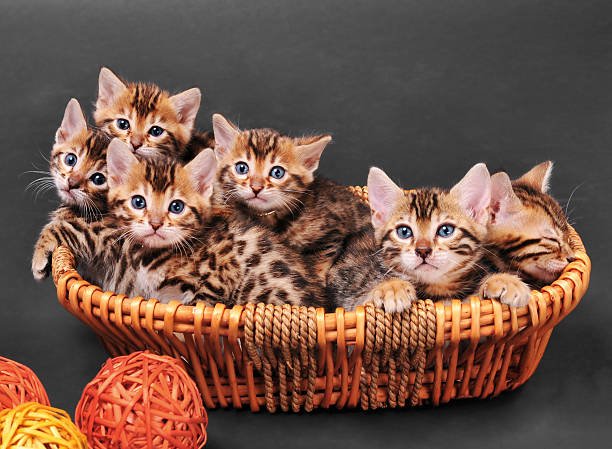
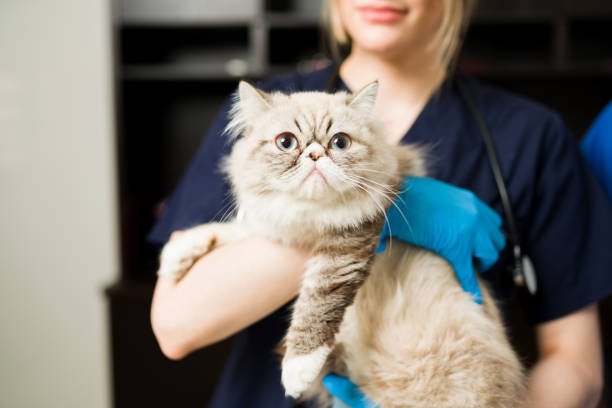
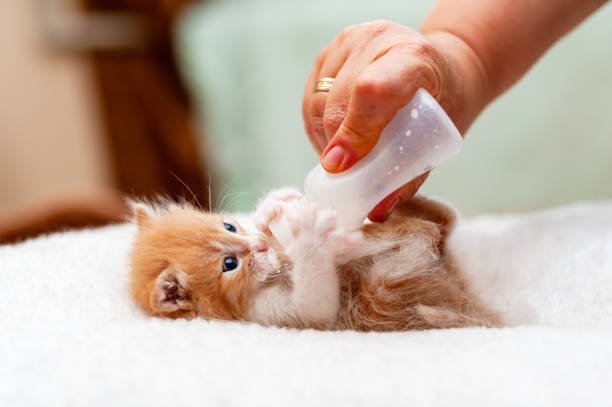
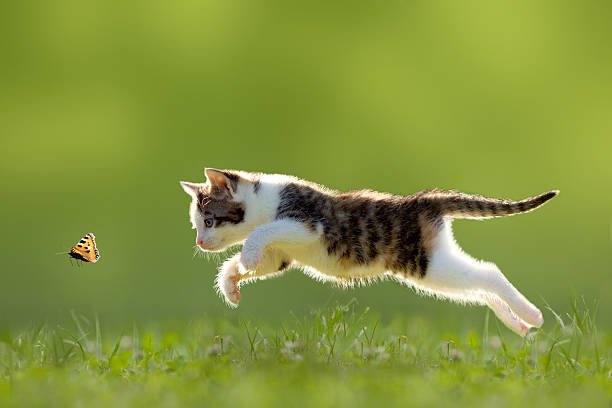

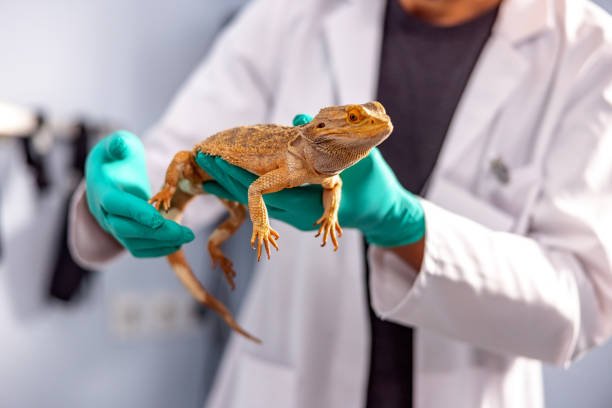
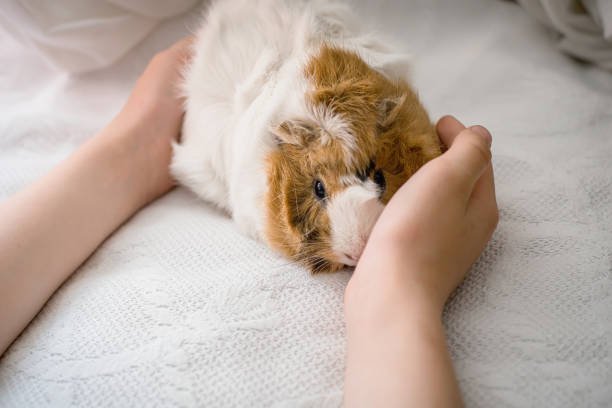
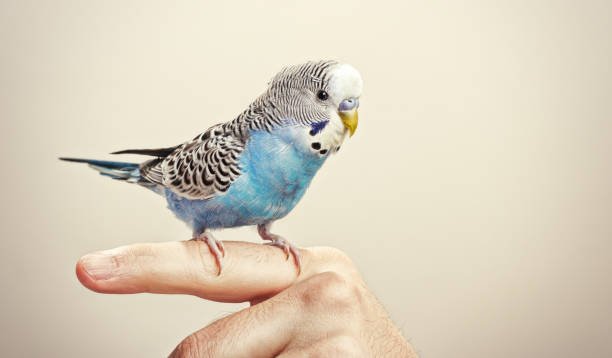










One reply on “Do Cats Get Cold? Symptoms, Risks, and How to Keep Them Warm”
[…] […]